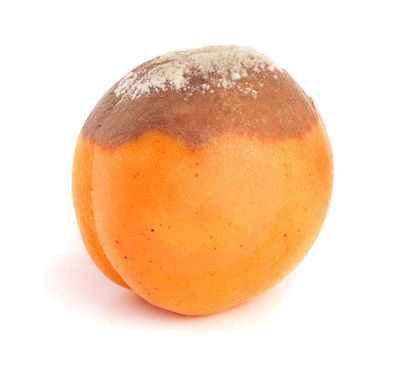What Causes Apricot Brown Rot?
Apricot brown rot is caused by the fungus Monilinia fructicola, a fungus that affects most stone fruits. Apricot brown rot symptoms start appearing in the spring, soon after blossoms open. The blossoms turn brown and die, sap exudes from the flower bases, and brown cankers may form on the adjacent twigs. Fruit set will be much lower than normal. Young apricots are usually unaffected, but as the fruits mature, they become more susceptible. They will develop soft brown spots that spread and become covered in powdery spores. The fruit will rot quickly and become mummified, often remaining attached to the stem.
How to Prevent Brown Rot on Apricot Trees
Since the fungus spreads easily and remains present in cankers and mummified fruits, it’s important to keep trees cleared of infection. Remove all mummified apricots with brown rot from the tree and beneath, and prune away any stems with cankers. Pest control is also crucial, as insect bites damage the fruits and give the fungus easy access. Fungicidal spray is very effective, especially for apricots, which are especially prone to brown rot during the blossoming phase. It’s recommended that you spray once before blossom, and once again during blossom if the weather is warm. After harvest, it’s best to store apricots as close to freezing as possible to prevent the spread of spores that might be present.
